Mount Damavand | Iran's Legendary Volcanic Peak
Damavand Mountain, the highest peak in Iran and the Middle East, stands proudly at 5,671 meters (18,606 feet) above sea level.
Located in the Alborz mountain range, just 70 kilometers northeast of Tehran, it is a prominent feature of the Iranian landscape and a popular destination for adventurers and nature enthusiasts.
Damavand holds a significant place in Iranian culture and history. It is not only a symbol of national pride but also features prominently in Persian mythology and literature. The mountain is often associated with legendary tales and is believed to be the resting place of the mythical hero, Arash the Archer. Its majestic presence has inspired countless poets, writers, and artists throughout the centuries.
Quick Facts about Mount Damavand
- Height: 5,671 meters (18,606 feet)
- Location: Alborz mountain range, 70 kilometers northeast of Tehran
- Type: Stratovolcano
- Last Eruption: Approximately 7,300 years ago
- First Recorded Ascent: 905 AD by Abu Dolaf Kazraji
- Notable Features: Sulfuric gas emissions, thermal springs, and glaciers on its higher slope
Formation and Features
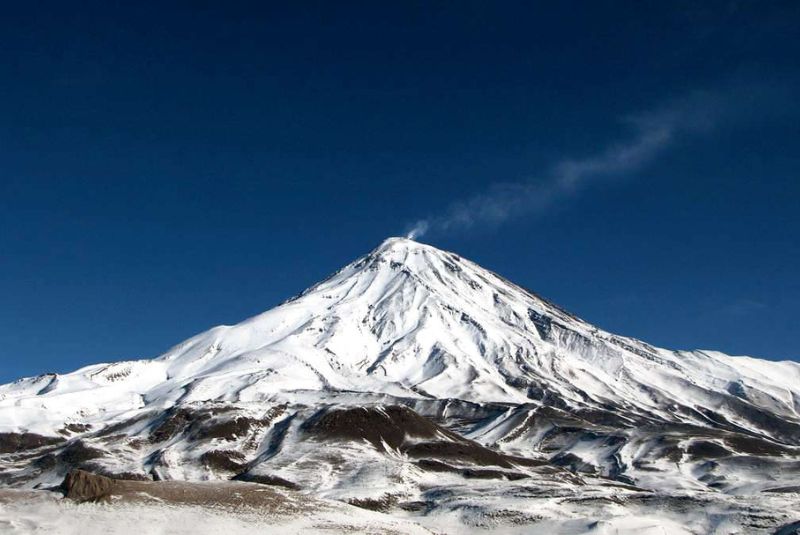
Damavand is a stratovolcano, formed from layers of lava, ash, and other volcanic materials that have accumulated over time. It is considered a dormant volcano, with its last eruption estimated to have occurred around 7,300 years ago. The mountain is characterized by several notable geological features, including:
- Summit Crater: The summit of Damavand features a large crater, approximately 400 meters in diameter, which emits sulfuric gases, giving the peak a distinctive smell.
- Glaciers and Snowfields: The higher elevations of Damavand are covered with glaciers and permanent snowfields, which contribute to its iconic snow-capped appearance.
- Thermal Springs: The lower slopes of the mountain are home to numerous thermal springs, which are popular for their therapeutic properties.
- Mineral Deposits: Damavand's volcanic activity has led to the formation of various mineral deposits, including sulfur and other volcanic minerals.
Damavand Mount Climate
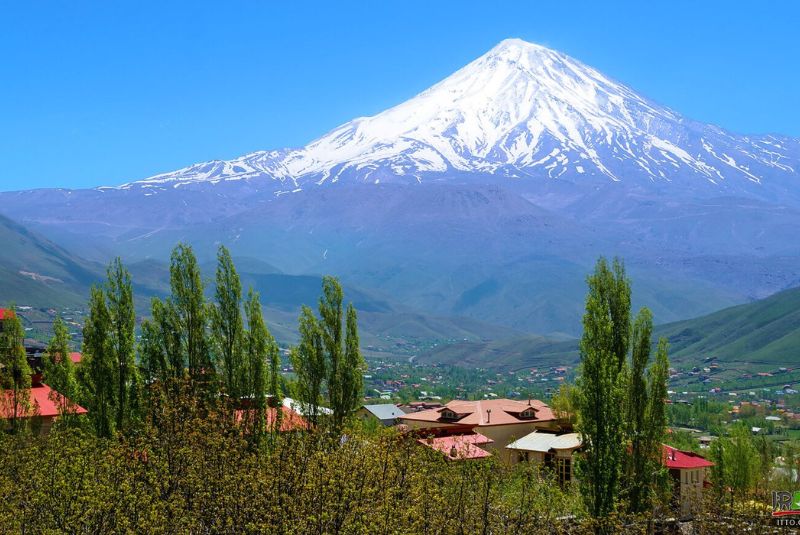
The climate of Damavand varies significantly with altitude. The lower slopes experience a temperate climate, while the higher elevations are characterized by a cold alpine climate. Key weather patterns include:
- Temperature: At lower elevations, temperatures can range from mild to warm during the summer months, while winters are cold and snowy. At higher altitudes, temperatures remain cold year-round, often dropping well below freezing.
- Precipitation: The region receives significant precipitation, particularly in the form of snow at higher elevations. The snow season typically extends from late autumn to early spring.
- Wind: Damavand is known for its strong winds, especially at higher altitudes, which can pose challenges for climbers and hikers.
- Seasonal Variations: The best time to visit or climb Damavand is during the summer months (June to September), when the weather is relatively stable and the snow has melted on the lower slopes, making it more accessible.
Myths and Legends about Damavand Mount
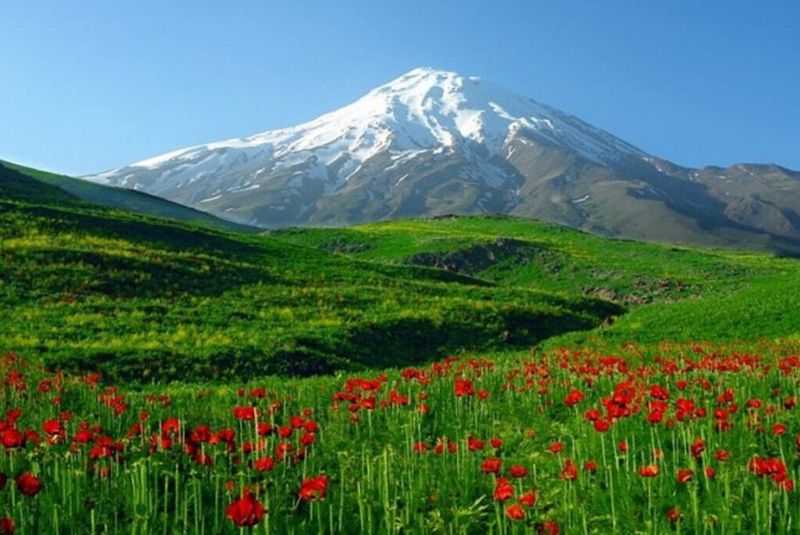
Damavand Mountain is steeped in mythology and history, holding a special place in Persian legend and lore. One of the most famous tales associated with Damavand is that of Zahhak, a tyrannical figure in Persian mythology. According to the ancient epic, the Shahnameh (The Book of Kings) written by the poet Ferdowsi, Zahhak was defeated by the hero Fereydun and chained within a cave on Damavand, symbolizing the triumph of good over evil.
Additionally, Damavand is often linked with Arash the Archer, another legendary figure. Arash is said to have shot an arrow from the mountain's peak to define the borders of Iran, marking the extent of Persian territory with this heroic act.
Role in Persian Literature and Folklore
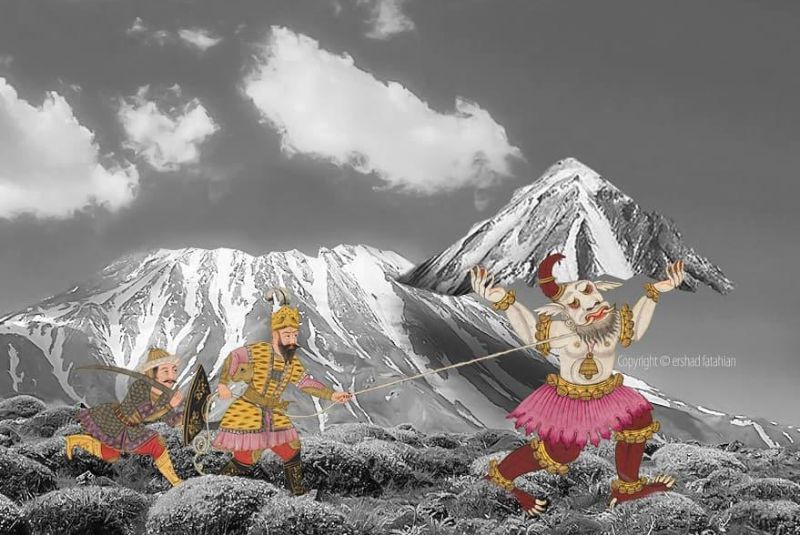
Damavand has inspired countless poets, writers, and artists throughout Persian history. Its majestic presence is a recurring theme in Persian poetry, symbolizing strength, endurance, and resistance. Ferdowsi's Shahnameh, which chronicles the mythical and historical past of Iran, frequently mentions Damavand, embedding it deeply into the cultural consciousness.
Modern poets and writers also draw on Damavand’s symbolism. For instance, the famous 20th-century poet Mohammad-Taqi Bahar, known as Malek o-Sho'arā Bahār, wrote an ode to Damavand, reflecting on its beauty and enduring presence in Iranian identity.
Cultural and Spiritual Importance to Locals

For locals, Damavand is more than just a mountain; it is a source of cultural pride and spiritual significance. It is seen as a symbol of Iranian resilience and independence, standing tall through centuries of change and challenge. The mountain is often referred to as a "sacred mountain" and is associated with various spiritual practices and local traditions.
Local festivals and ceremonies often feature Damavand as a backdrop, celebrating the natural beauty and cultural heritage of the region. The mountain is also a popular pilgrimage site, with many Iranians making the journey to its slopes to connect with nature and their cultural roots.
In addition to its mythological and literary significance, Damavand has an important role in the daily lives of those who live in its shadow. The thermal springs, fertile lands, and natural resources provided by the mountain support local communities, sustaining agriculture and tourism.
Flora and Fauna
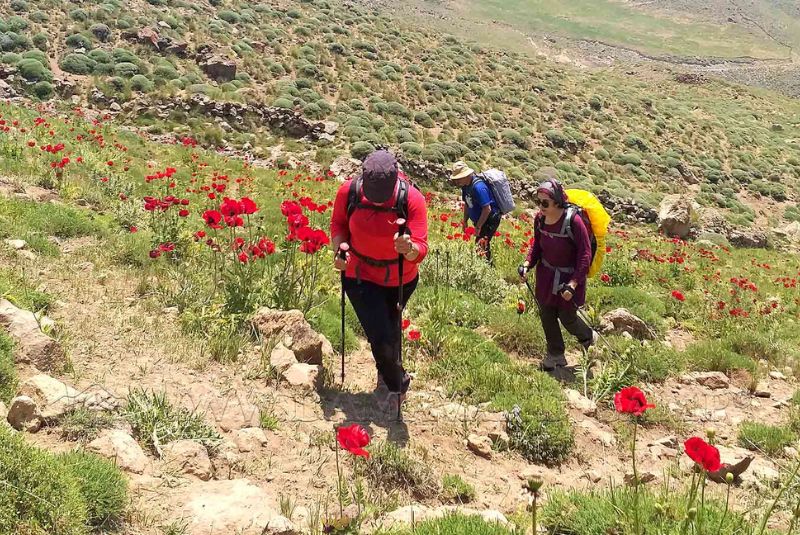
The variation in altitude and climate across the mountain creates distinct habitats that support a wide array of plant and animal species. From lush green foothills to alpine meadows and barren rocky summits, the biodiversity in this region is both remarkable and unique.
Notable Plant Species
The flora of Damavand varies significantly with altitude, with distinct vegetation zones ranging from temperate forests to alpine tundra. Some notable plant species include:
- Herbs and Shrubs: The lower slopes are covered with a variety of herbs and shrubs, including thyme, oregano, and other aromatic plants that are often used in traditional Iranian medicine and cuisine.
- Wildflowers: In the spring and summer months, the meadows are adorned with a vibrant array of wildflowers, such as tulips, poppies, and various species of buttercups.
- Alpine Plants: Higher up, the vegetation becomes more sparse, with hardy alpine plants like saxifrages and cushion plants adapted to the harsh conditions. These plants often grow close to the ground to withstand strong winds and cold temperatures.
Wildlife and Endemic Species
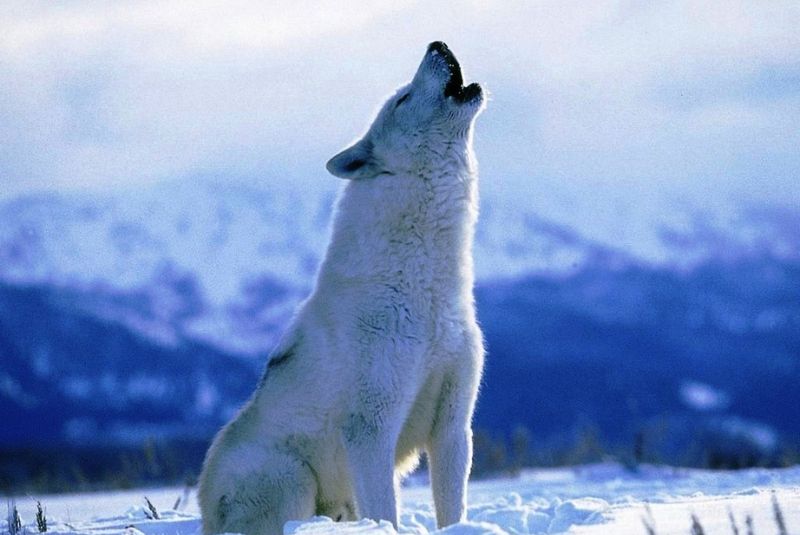
The diverse habitats of Damavand support a rich array of wildlife, including several endemic species unique to the region. Key animal species include:
- Mammals: The region is home to various mammals, such as Persian leopards, brown bears, wild boars, and red foxes. The elusive and endangered Persian leopard is one of the most notable inhabitants, although sightings are rare.
- Birds: Birdwatchers can spot a variety of bird species, including golden eagles, bearded vultures, and alpine choughs. The diverse bird population adds to the ecological richness of the mountain.
- Reptiles and Amphibians: Several species of lizards, snakes, and amphibians can be found in the different zones of Damavand, adapting to the varied climate and terrain.
- Insects and Invertebrates: The mountain's meadows and forests are teeming with insect life, including numerous species of butterflies, bees, and beetles that play a crucial role in pollination and maintaining the ecological balance.
Damavand is also home to several endemic species, which are species that are found nowhere else in the world. These include:
- Damavand Horned Lizard: This lizard is adapted to the arid and rocky environments of Damavand’s slopes.
- Damavand Poppy: This striking poppy is unique to the region and adds a splash of color to the alpine meadows.
Mount Damavand Popular Activities

- Hiking: Damavand offers numerous hiking opportunities for all skill levels. Trails range from gentle paths through scenic valleys to challenging routes that ascend to the summit. The mountain’s diverse landscapes provide a variety of experiences, from lush meadows to rocky terrains. The best time to hike or climb Damavand is during the summer months, from June to September.
- Mountaineering: Climbing Damavand is a bucket-list adventure for mountaineers. The ascent to the summit is demanding, requiring physical fitness, technical skills, and acclimatization to high altitudes. Despite the challenges, the climb rewards adventurers with stunning views and a sense of accomplishment.
- Skiing: In the winter months, Damavand becomes a destination for backcountry skiing and snowboarding. The mountain’s slopes offer pristine, powdery snow, attracting winter sports enthusiasts looking for off-the-beaten-path adventures. The optimal time for skiing on Damavand is from December to March.
Damavan Mount Hiking Routes and Difficulty Levels
Route | Difficulty | Starting Point | Key Features | Summit Time |
South Route | Moderate to Difficult | Polour Village (2,270 meters) | Most popular route, straightforward path to summit, includes Bargah-e Sevom shelter at 4,220 meters | Typically 2-3 days |
West Route | Difficult | Nandal Village | Scenic beauty, less crowded, steeper inclines, rougher terrain, more secluded experience | Typically 3-4 days |
North Route | Very Difficult | Nandal Village | Most challenging route, advanced mountaineering skills needed, steep and rocky path, significant exposure | Typically 4-5 days |
North-East Route | Moderate | Nandal Village | Balanced difficulty, passes through beautiful landscapes, including Lar National Park | Typically 3-4 days |
How to Get to Mount Damavand
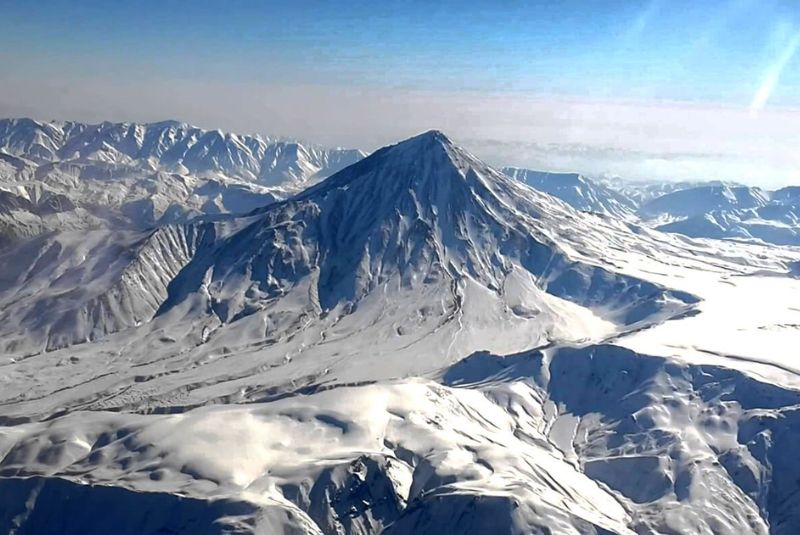
From Tehran to Damavand
- By Car: The most convenient way to reach Damavand is by car. The drive from Tehran to the base villages (Polour, Nandal, or Reyneh) takes about 2-3 hours. The route is scenic, passing through beautiful landscapes.
- By Bus: Public buses run from Tehran to nearby towns like Amol and Rineh. From these towns, you can take a taxi or local transport to reach the base villages.
- By Taxi: Hiring a private taxi from Tehran is a more comfortable and flexible option, though it is more expensive than the bus.
Accommodation Options
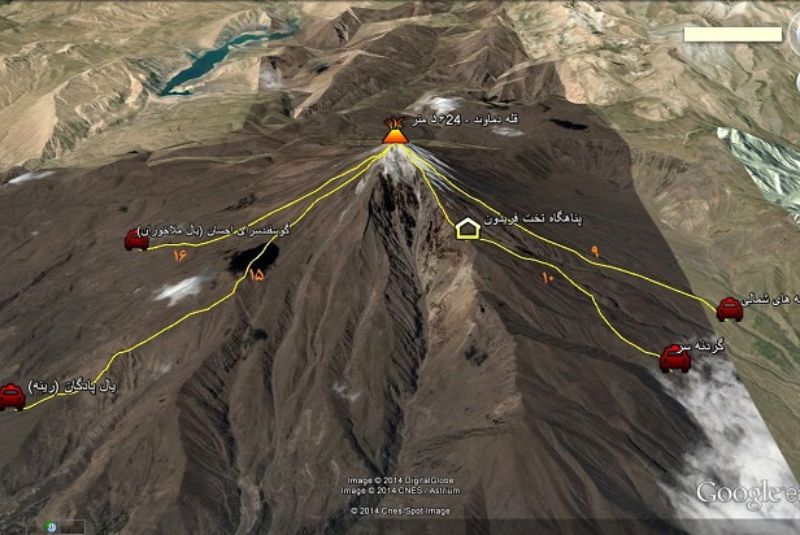
- Polour Camp: Managed by the Iranian Mountaineering Federation, Polour Camp is a popular starting point for climbers. It offers basic accommodation, dining facilities, and equipment rental.
- Guesthouses in Rineh and Nandal: Both villages have several guesthouses and small hotels that provide comfortable lodging, meals, and local hospitality. Booking in advance is recommended, especially during the peak climbing season.
- Amol and Tehran: For those preferring more amenities, staying in Amol or Tehran is an option before heading to the base camps. These cities offer a range of hotels from budget to luxury.
- Base Camps: There are several designated camping sites on the routes, such as Bargah-e Sevom on the South Route. These sites provide a place to rest and acclimatize before the summit attempt.
- On the Trail: Climbers can set up tents at various points along the trail, but it is essential to follow Leave No Trace principles to preserve the environment.
Permits and Regulations
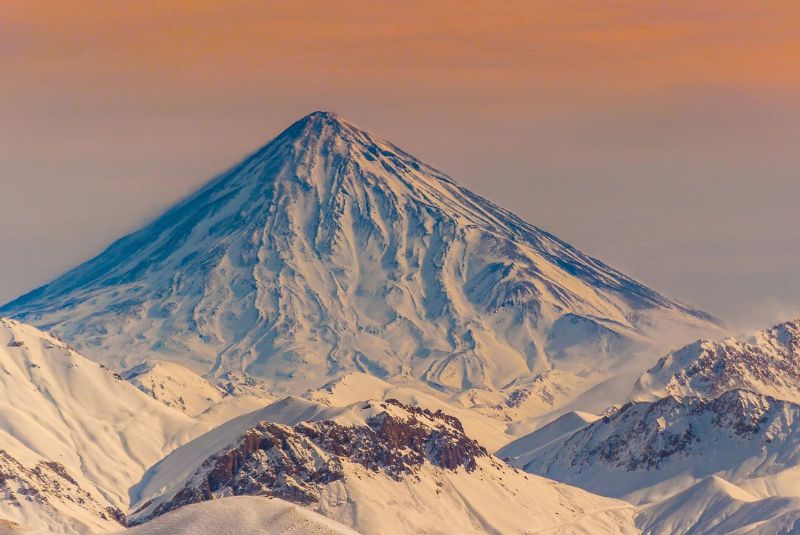
- Permits are required for climbing Damavand. They can be obtained from the Iranian Mountaineering Federation or through local tour operators. Having a permit ensures that your climb is recorded, which is important for safety.
- Climbers and hikers must adhere to strict environmental guidelines to protect the mountain’s fragile ecosystem. This includes carrying out all trash and avoiding damage to vegetation.
- It is important to respect local customs and traditions. Dress modestly and be mindful of local sensitivities, especially in rural areas.
Safety Tips Visiting Damavand Mount

- Spend several days at intermediate altitudes to acclimatize and reduce the risk of altitude sickness. Climbing gradually and staying hydrated are crucial.
- Mountain weather can be unpredictable. Always check the weather forecast before starting your ascent and be prepared to turn back if conditions deteriorate.
- Ensure you have adequate travel insurance that covers high-altitude trekking and mountaineering.
Necessary Equipment
- Clothing: Layered clothing suitable for cold and variable weather, including thermal wear, a waterproof jacket, and warm gloves.
- Footwear: Sturdy, waterproof hiking boots with good ankle support. Crampons may be needed for icy conditions.
- Camping Gear: A four-season tent, sleeping bag rated for low temperatures, and a portable stove.
- Climbing Gear: Depending on the route, you may need ropes, harnesses, and other climbing equipment. For those on guided tours, some equipment may be provided.
- Navigation Tools: A map, compass, and GPS device. While trails are often marked, having reliable navigation tools is essential.
- First Aid Kit: A comprehensive first aid kit, including medication for altitude sickness, is vital. Knowing basic first aid can be a lifesaver.
- Food and Water: High-energy snacks, meals, and a reliable water purification method.
Local Food and Drinks

Iranians are known for their hospitality and generosity. Visitors to the Damavand region can expect to be warmly welcomed, whether staying in a guesthouse or visiting a local home.
Sharing food is a significant part of Persian culture. Guests are often invited to join meals, and it is customary to offer more food than can be eaten to show generosity.
Popular dishes include:
- Kabab Koobideh
- Joojeh Kabab
- Dizi (Abgoosht)
- Mirza Ghasemi
- Ash Reshteh
- Local Bread (Sangak and Lavash)
- Persian Tea
- Doogh
Final Takeaway
Mount Damavand, with its towering peak and majestic presence, stands as the highest volcano in Asia and a symbol of natural grandeur in Iran. The mountain’s diverse experiences cater to all types of travelers, making it an ideal destination for both adventure and relaxation. Visiting Damavand provides a unique opportunity to connect with nature, challenge oneself, and enjoy the local culture and hospitality.
Make sure to visit Damavand Mount while traveling Iran.
Share your story!
Comment below and let us know about your Experience.
Your story inspires others!


Comment
Leave a Comment